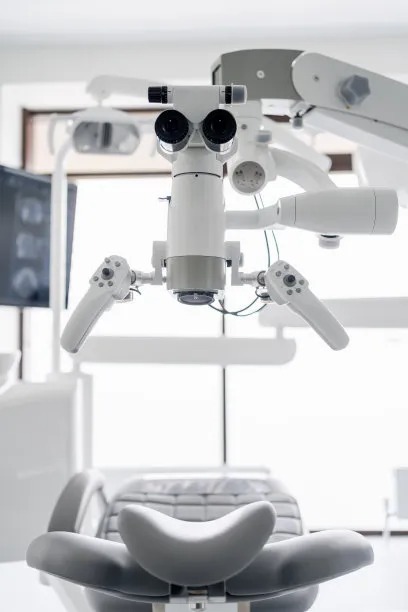Essential Guidelines and Precautions You Should Follow Before and After Dental Filling Procedures
Summary: Dental filling procedures are vital for addressing cavities and maintaining oral health. However, ensuring a smooth experience involves adhering to specific guidelines and precautions both before and after the procedure. This article outlines essential pre-procedure preparations, advice during the treatment, post-treatment care, and signs to watch for following dental fillings, providing you with a comprehensive guide to enhance your dental care experience.
1. Essential Preparations Before the Procedure

Before undergoing a dental filling, it is important to prepare adequately. Scheduling a consultation with your dentist is essential for understanding the procedure and any alternative treatment options. This allows you to discuss any concerns you may have and prepare accordingly. Consider bringing a list of your medications or allergies to ensure the dentist has all necessary information.
Additionally, avoid eating or drinking for at least two hours before the appointment, especially if you plan to receive anesthetics. This precaution helps prevent discomfort and nausea during the procedure. Hydration is important, but it can wait until after the appointment.
Lastly, mental preparation can significantly impact your experience. Practicing relaxation techniques, such as deep breathing or visualization, will help ease any anxiety associated with dental work. Being mentally prepared ensures a calmer attitude when you enter the dental office.
2. Understanding the Filling Procedure During Treatment
During the dental filling process, communication with your dentist is crucial. They should explain each step involved, including any tools or materials being used. This is the perfect time to ask any additional questions about the filling material, such as whether it is composite resin or amalgam, and what to expect in terms of appearance and longevity.
Being informed about the procedure not only alleviates fear but also lets you feel more in control during the visit. Additionally, understanding the effects of local anesthesia and its duration can help you mentally prepare for the numbness that may follow.
It鈥檚 also advised to bring a pair of headphones and listen to music if it helps you relax during the procedure. Distraction can significantly help in keeping your mind off any discomfort and make the experience more pleasant.
3. Aftercare Instructions Following Dental Fillings
Proper aftercare is crucial for promoting healing and ensuring the longevity of your dental fillings. For the first 24 hours post-procedure, avoid hot drinks and foods that require excessive chewing. Your mouth may still be numb due to anesthesia, and consuming such items could result in accidental burns or biting injuries.
Maintaining good oral hygiene is also paramount. Gently brush and floss after 24 hours to keep the area clean. Avoid abrasive toothpaste or harsh mouthwashes initially to prevent irritation. It鈥檚 wise to use a soft-bristled toothbrush and proceed cautiously around the filling site until you feel comfortable.
If you experience any sensitivity or discomfort, consider using a desensitizing toothpaste or over-the-counter pain relief. Should the pain persist or increase, contact your dentist immediately as further assessment may be necessary.
4. Monitoring for Complications After Fillings
Post-procedure monitoring is essential to ensure that your dental filling is successful. Pay attention to any discomfort that does not subside with time or the use of prescribed pain management. Sensitivity to hot or cold temperatures should gradually diminish; if it intensifies, it may indicate an issue with the filling.
Watch out for signs of decay around the filling or changes in the shape or texture of your filling. If you notice jagged edges or sharp points, see your dentist promptly for an assessment. Early intervention can prevent more significant problems down the line.
Lastly, attend regular follow-up appointments to ensure the filling remains intact. Scheduled check-ups are crucial for maintaining overall oral health and addressing any concerns before they become critical.
Summary:
In conclusion, understanding the guidelines and precautions for dental fillings plays a significant role in your overall dental health journey. Preparing adequately, staying informed during the procedure, and adhering to aftercare instructions will help ensure a successful outcome. Always keep an eye out for complications and communicate with your dentist to guarantee that your fillings serve their intended purpose.
This article is compiled by Vickong Dental and the content is for reference only.



